Throughout the patient journey — from the first visit to hospitalization to post-recovery care — a huge amount of data is generated. Before the technology boom, there was just one way to collect all this patient information: pen and paper. But today, there are many ways to capture this data.
With all the options available and different healthcare organizations at various stages of adopting technology, streamlining the collection and analysis of this data can be a challenge. Let’s take a look at some reasons why and some possible solutions.
The current state of data collection
Although automated programs account for most of today’s data-gathering techniques, old-fashioned pen-and-paper data collection still occurs.
In some healthcare facilities, patients are given forms to fill out while they wait to see a doctor. Examples include
Someone on the medical staff has to enter that data into a software program. This manual data entry increases the chance of errors. Many organizations recognize the inefficiency of paper-based forms and are switching to online forms.
This digitization of healthcare data provides faster access to patient information, promotes collaboration among healthcare providers, and reduces the use of paper, toner, and space to store physical records. However, keeping digital healthcare data secure is paramount.
Pro Tip
Collect healthcare data and schedule appointments quicker than ever before with Jotform’s HIPAA friendly forms.
The most important consideration for healthcare data
In the United States, the Health Insurance Portability and Accountability Act (HIPAA) governs the collection and use of medical records throughout the patient’s journey. This law establishes privacy standards to protect patients’ medical records and other health information that’s used by health plans, doctors, hospitals, and other healthcare providers. All of these organizations must follow HIPAA security rules.
Security breaches could result in fines that range from a few thousand dollars to tens of millions of dollars depending on the severity of the breach.
Let’s get to streamlining
E-health systems are helping reshape patient care by using technology to improve the quality of healthcare and make it more efficient and cost effective.
The Centers for Medicare and Medicaid Services points out four goals that can be accomplished with an e-health system:
- Improve or enhance medical care
- Improve patient involvement in their medical care and their overall satisfaction with the health care experience
- Streamline operations and business practices
- Control expenditures
Streamlining healthcare data is all about making access, storage, and the exchange of healthcare data more efficient and secure. Here are some steps to help get you there:
Use cloud-based electronic health records for a simplified data-collection system
Cloud-based electronic health records (EHRs) centralize and simplify the storage and organization of all types of medical data. With cloud computing, there’s no need for an onsite server. This results in drastically reduced maintenance and lower costs. It also enables patients to access their data from anywhere and adds transparency to the healthcare process.
Scalability also becomes easier with cloud computing. There’s no need for a separate IT support team because cloud providers handle most of the technical tasks on the backend. You might need cloud administrators, but their job will have a limited scope. Keep in mind, however, that you must select HIPAA-friendly healthcare servers to ensure that you aren’t accidentally disclosing sensitive information.
Invest in an EHR system with a strong data analytics function to provide quality patient care
The EHR system’s data analytics function uses algorithms and deep search functions to continually mine patient data. The objective is to extract smart insights that help raise patient care standards. These systems are far better — and faster — than a human physician sifting through all the electronic data to analyze it.
EHR systems can also optimize medical information workflows to help administrators keep track of the patient’s health while simultaneously increasing patient satisfaction.
A good system plays a significant role in transforming a healthcare practice from a profit-based business into a value-based care institution.
Use CPOE-based order sets to prevent prescription errors
Computerized Physician Order Entry (CPOE) is the process of a physician electronically prescribing medication instead of writing out a prescription by hand.
Physicians are renowned for their bad handwriting, but the real reason electronic prescriptions are better is because they are instantly sent to the pharmacy. Often, by the time a patient travels from the doctor’s office to the pharmacy, their prescription has already been filled. There’s also no chance of a patient losing an electronic prescription.
Remove roadblocks from healthcare information workflows
Health information must flow seamlessly across departments — radiology, pathology, outpatient, inpatient, etc. This is the responsibility of all parties in the healthcare ecosystem — payers, providers, and consumers. Without sufficient patient data at the healthcare facility, nursing staff has to collect all the details again.
For example, let’s say a patient named John Smith presented at a New York hospital with signs of a stroke. He was disoriented but alert and able to communicate with his providers fairly well. Doctors determined that John had a mild stroke. He was treated, monitored, and released with no lingering issues.
A year later, John moved to Los Angeles where he suffered a major stroke and was taken to the closest hospital. He wasn’t able to communicate with his providers. If a proper EHR system was in place, the medical staff in Los Angeles would be able to retrieve all the details of John’s prior stroke.
If there were barriers in data flow from the New York hospital to the hospital in Los Angeles, the medical staff would have a much harder time treating John. If he couldn’t communicate with them, they would have no idea that this was his second stroke without the data from the EHR.
Use pharmacy data to remotely monitor medication use
When physician and pharmacy systems share data, physicians can see which drugs a patient is taking.
This means the physician can continuously monitor the drug intake records of a patient. If any future illness affects the treatment plan for a patient, the physician is alerted immediately. In addition, patients don’t have to manually check in with their physician about their medications. This helps prevent readmission and delivers a high level of patient satisfaction.
Implement patient registries and smart telemedicine systems to monitor population-wide trends
Telemedicine helps streamline scheduling and improve the patient experience, but its benefits go beyond these two factors. Various EHR applications can feed data to national and local patient registries. Treatment patterns can be analyzed and compared against recommended guidelines to find gaps in care and detect problems faster.
Final words
Medical data is constantly being generated. It’s multidimensional and comes in a variety of formats. Streamlining healthcare data collection involves using smart systems to store, analyze, and transfer the data securely. This makes life easier for everyone in the healthcare system — from providers to patients — and, most important, improves health outcomes.
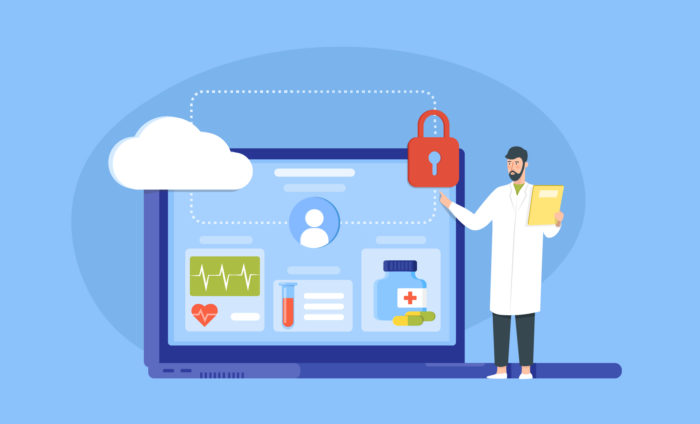







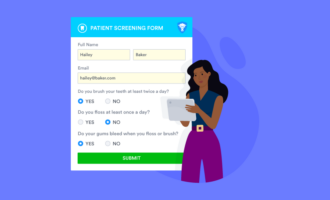


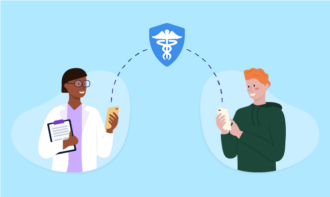



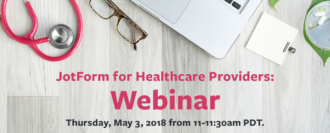




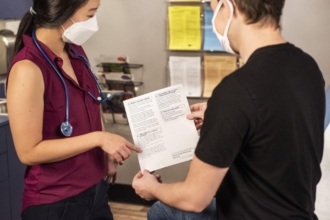

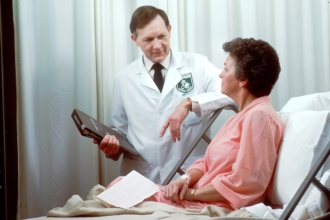

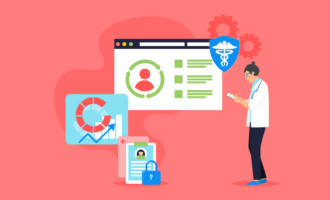






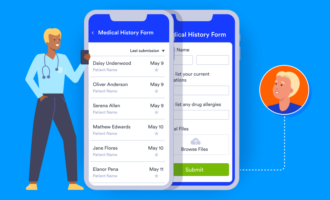

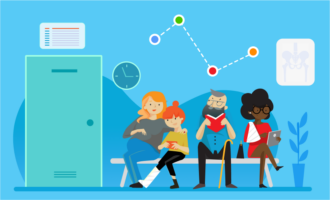
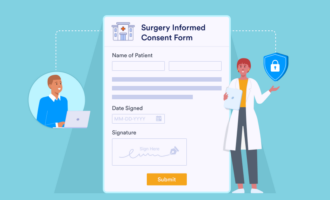




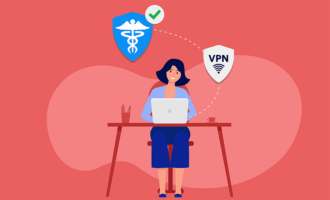

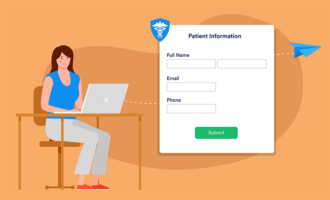









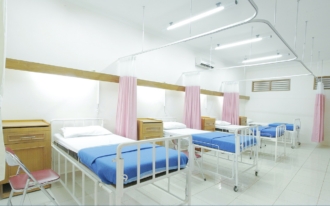



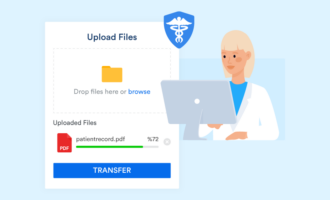



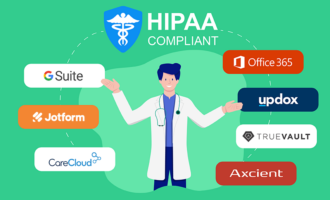
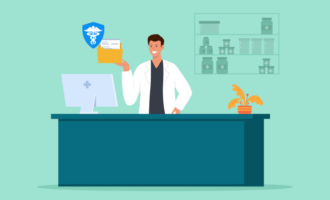






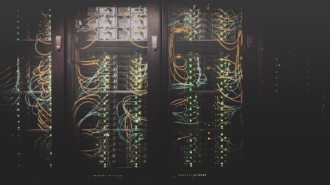


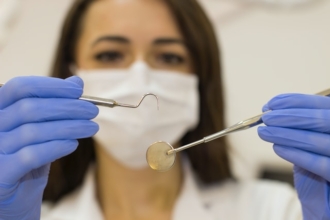




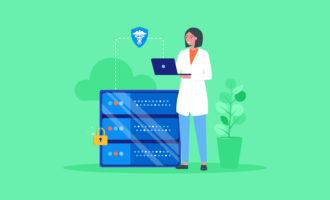


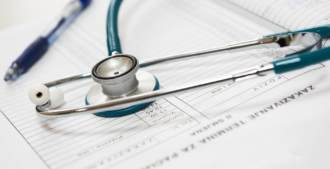

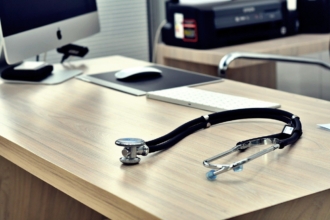


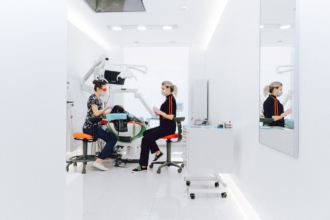




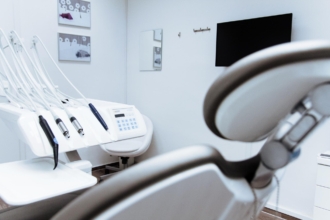

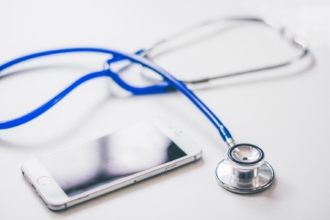
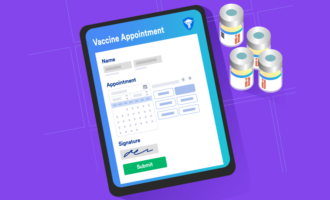

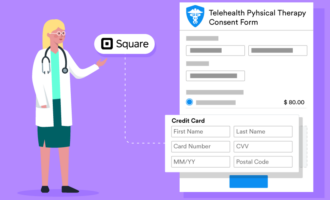



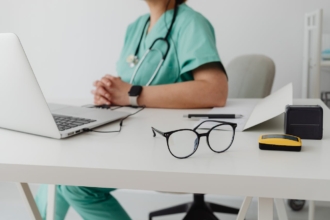
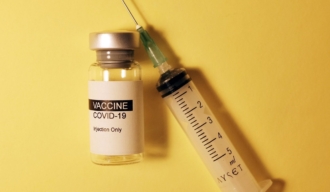
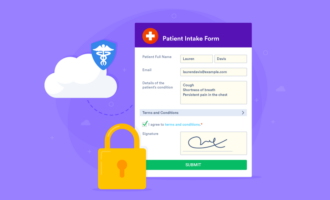



Send Comment:
1 Comments:
More than a year ago
this ideas are really interesting. keep it up and share more.